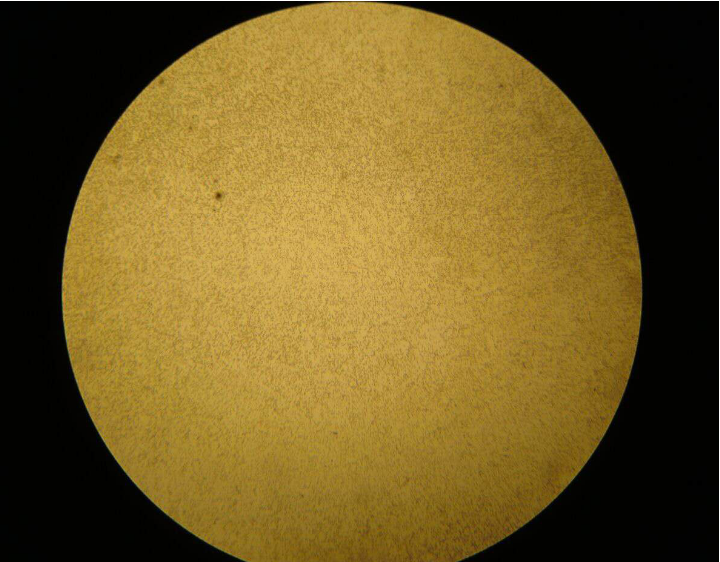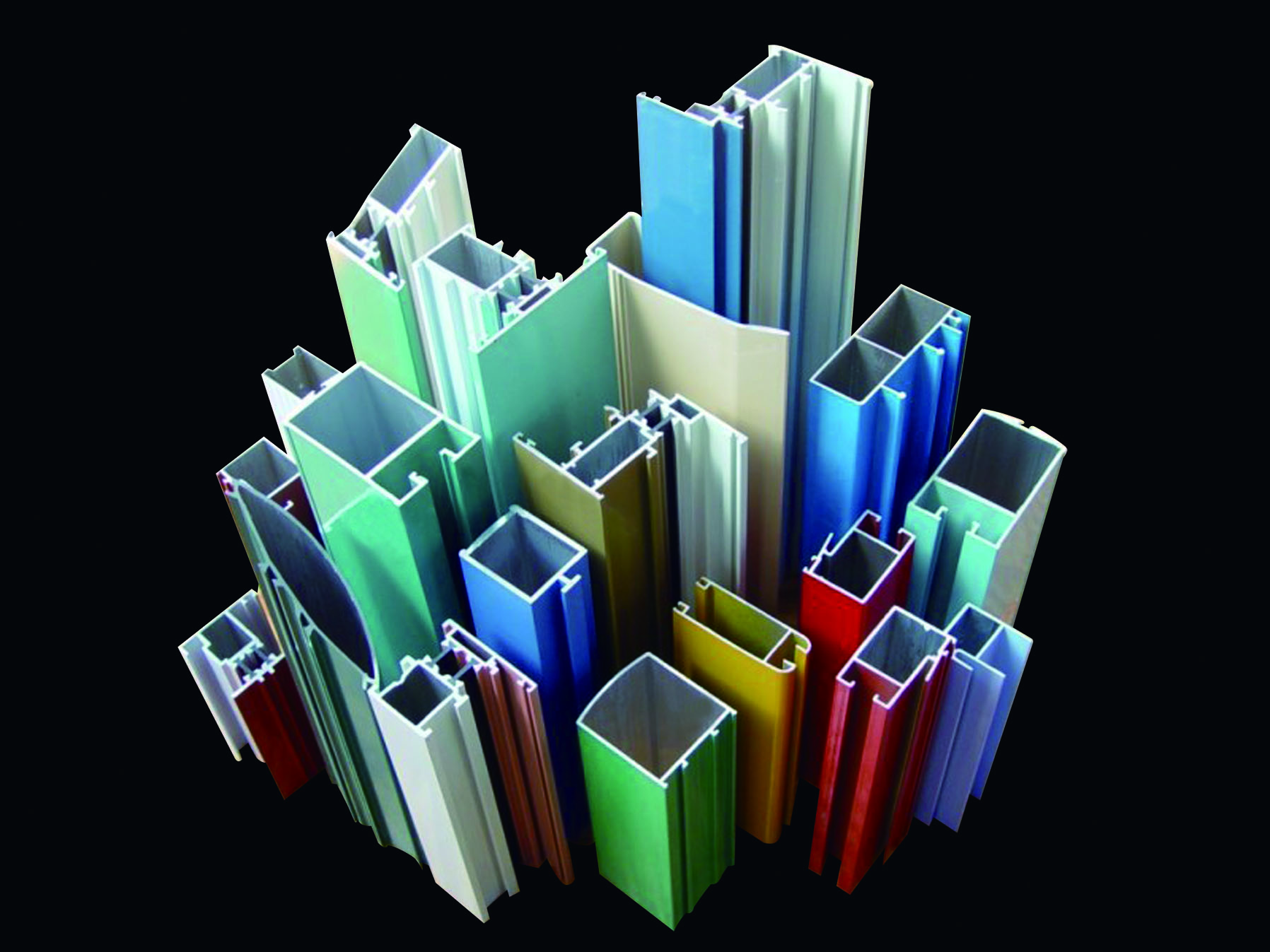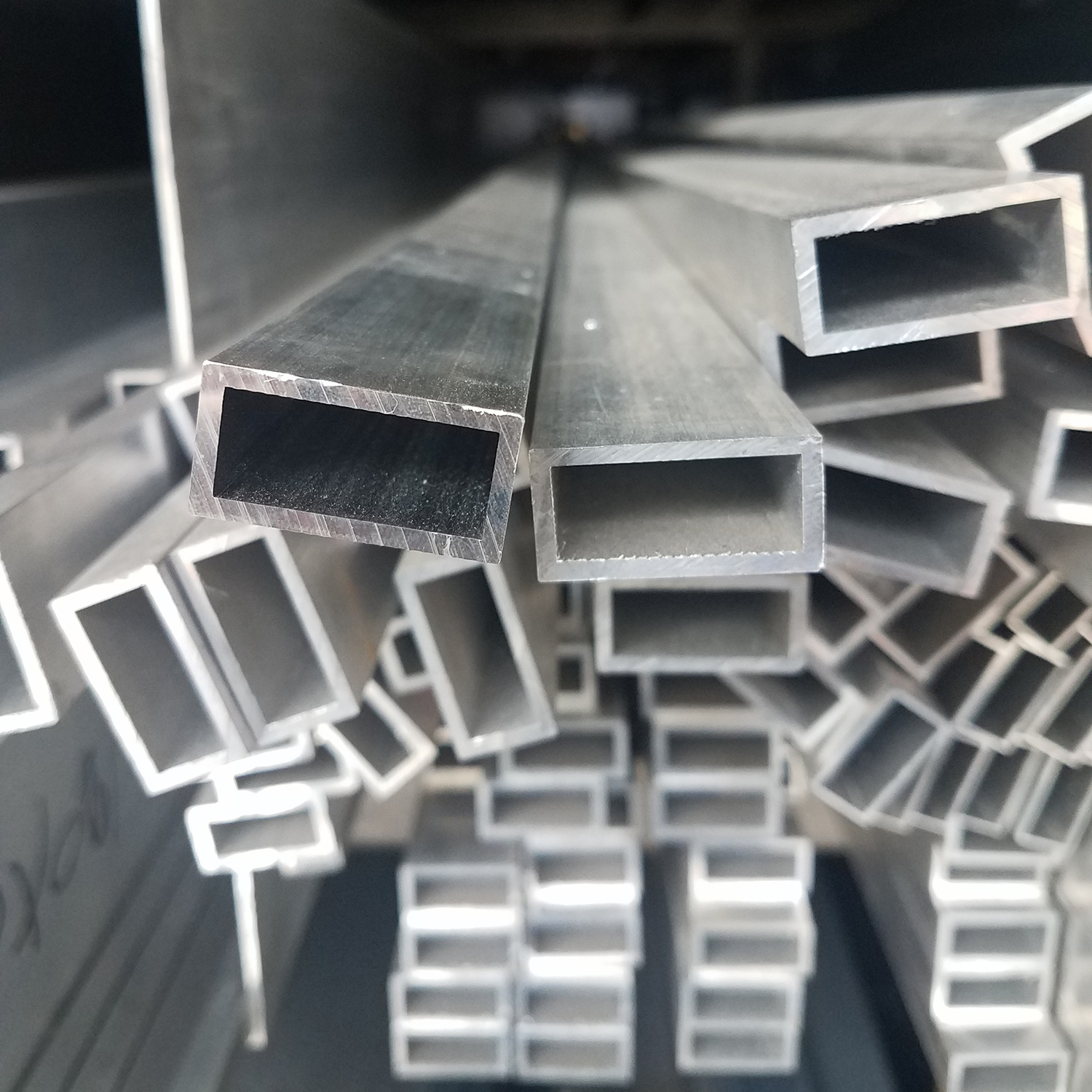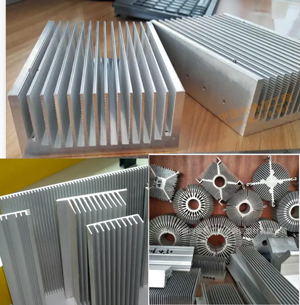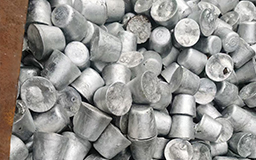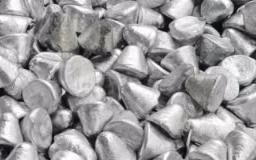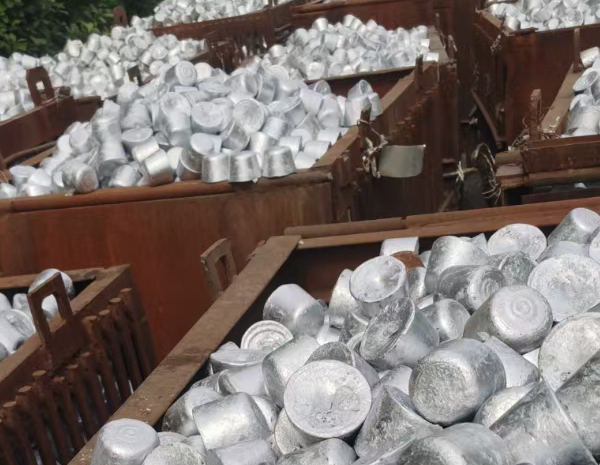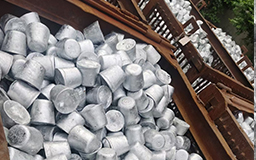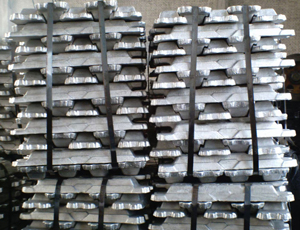Micronization is the process of reducing the average diameter of a solid material's particles. Usually, the term micronization is used when the particles that are produced are only a few micrometers in diameter. However, modern applications require average particle diameters of the nanometer scale
Traditional micronization techniques are based on friction to reduce particle size. Such methods include milling, bashing and grinding. A typical industrial mill is composed of a cylindrical metallic drum that usually contains steel spheres. As the drum rotates the spheres inside collide with the particles of the solid, thus crushing them towards smaller diameters. In the case of grinding, the solid particles are formed when the grinding units of the device rub against each other while particles of the solid are trapped in between.
Methods like crushing and cutting are also used for reducing particle diameter, but produce more rough particles compared to the two previous techniques (and are therefore the early stages of the micronization process). Crushing employs hammer-like tools to break the solid into smaller particles by means of impact. Cutting uses sharp blades to cut the rough solid pieces into smaller ones.
Before micronization

After micronization
